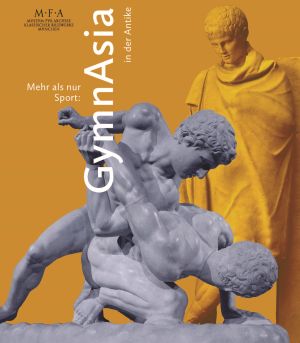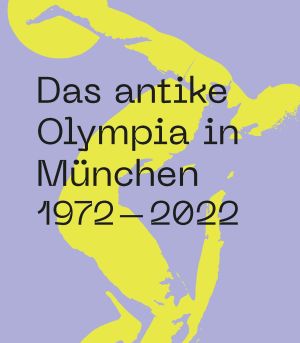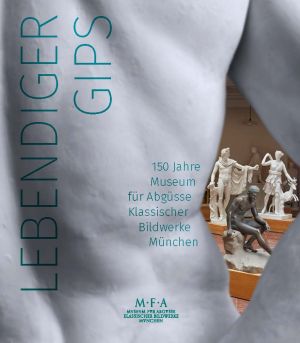Ritter, Stefan
Mehr als nur Sport: GymnAsia in der Antike
The bilingual book accompanying the exhibition “Mehr als nur Sport: GymnAsia in der Antike” was realized as part of a Franco-German research project dealing with the history of the Greek gymnasium in ancient Asia Minor, a part of modern Turkey.
The volume provides an overview of the spread and development of the gymnasium and its role in society, politics and religion from the beginnings in archaic Greece to late antiquity. Special attention is paid to the connection between the gymnasium and the culture of competition that was so characteristic of Greek antiquity.
Das antike Olympia in München: 1972–2022
On the 50th anniversary of the 1972 Munich Summer Olympic Games, the Classical Plaster Cast Collection is taking the opportunity to revive the special exhibition “100 Years of German Research at Olympia”, which was on display at the Deutsches Museum at the time of the games. This book is dedicated to that exhibition and its prized objects, such as the reconstruction of the western pediment of the Zeus temple including its architectural frame. Other focal points are the history of the sanctuary, the ancient Olympic Games and the scientific exploration of Olympia with special reference to the casts. Additionally, new scientific and educational approaches based on 3D scans and 3D prints are presented.
Lebendiger Gips: 150 Jahre Museum für Abgüsse Klassischer Bildwerke München
The Gallery of Casts of Classical Sculptures Munich celebrates its 150th anniversary. With around 2,000 objects, the museum is one of the largest cast galleries in Germany.
On the occasion of the anniversary, the museum presents a large special exhibition with an extensive accompanying catalogue. On the one hand this volume focuses on the eventful history of the collection, which has been completely reappraised and is presented for the first time. On the other hand, the catalogue answers the question: Why do we collect casts? There is not only one answer to this question: casts serve archaeological research and teaching in many ways and they are valuable pedagogical instruments.









